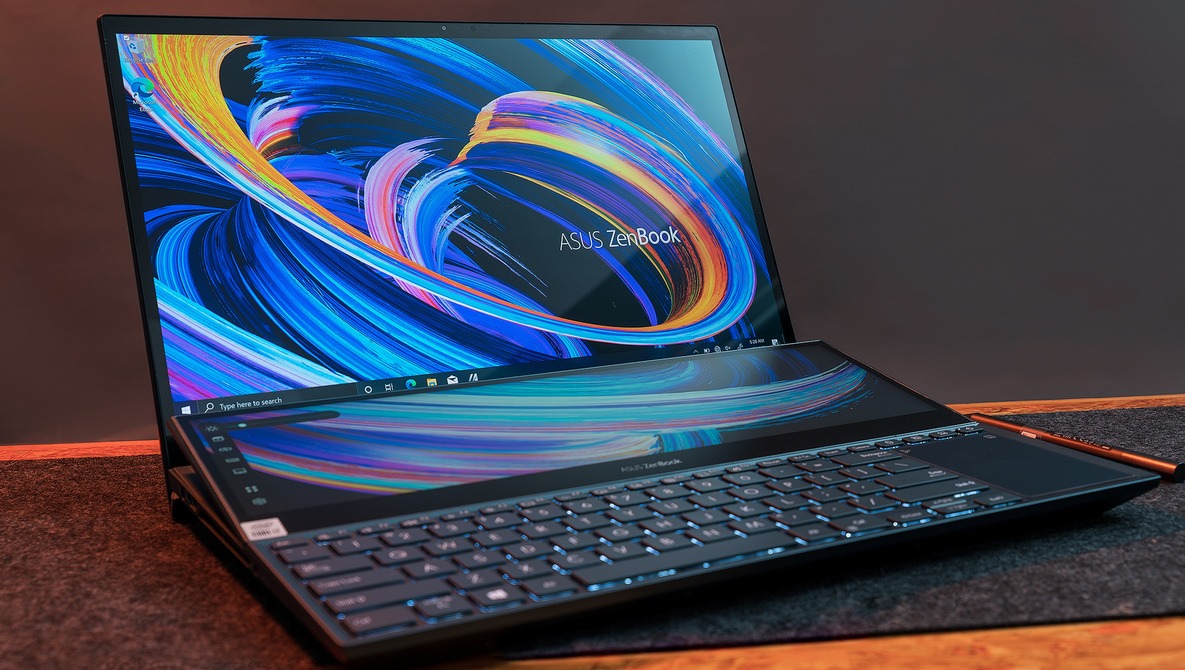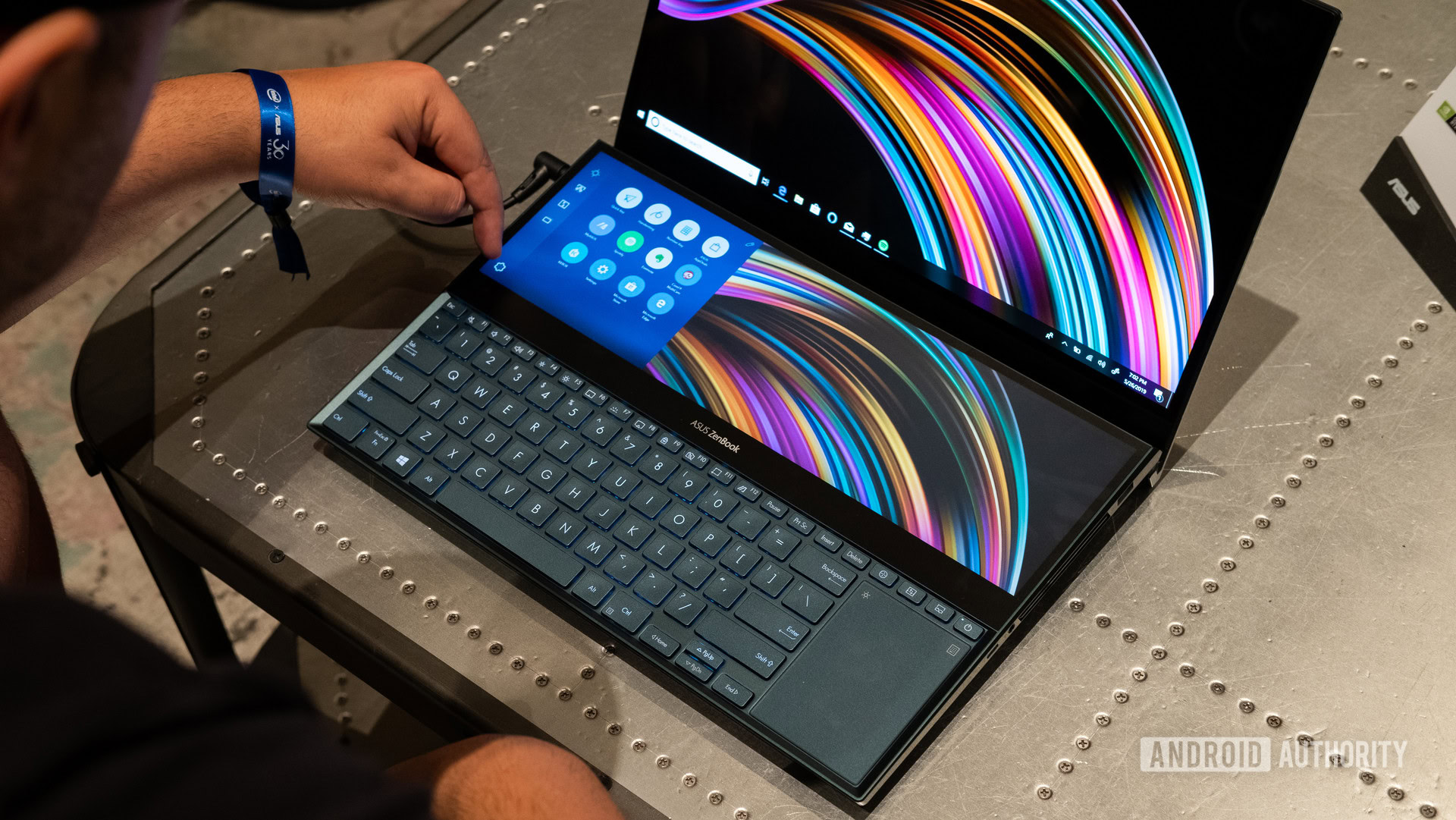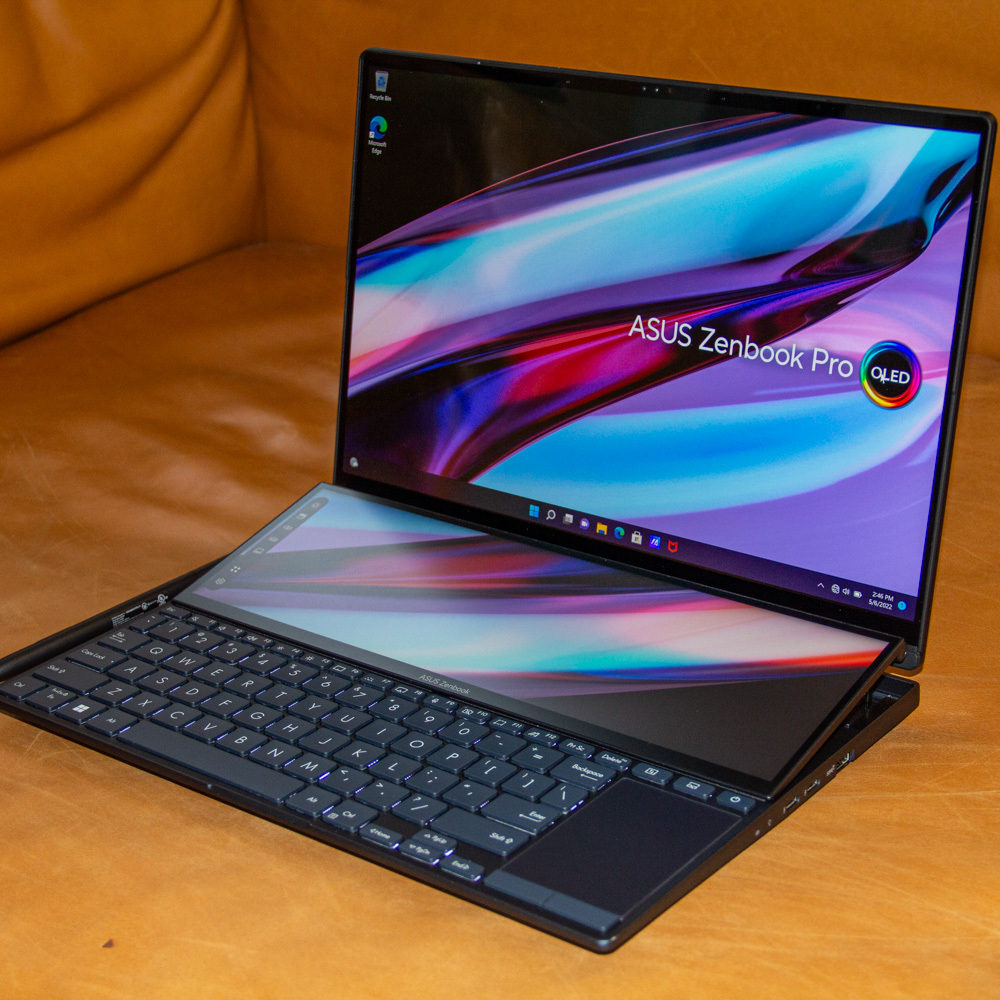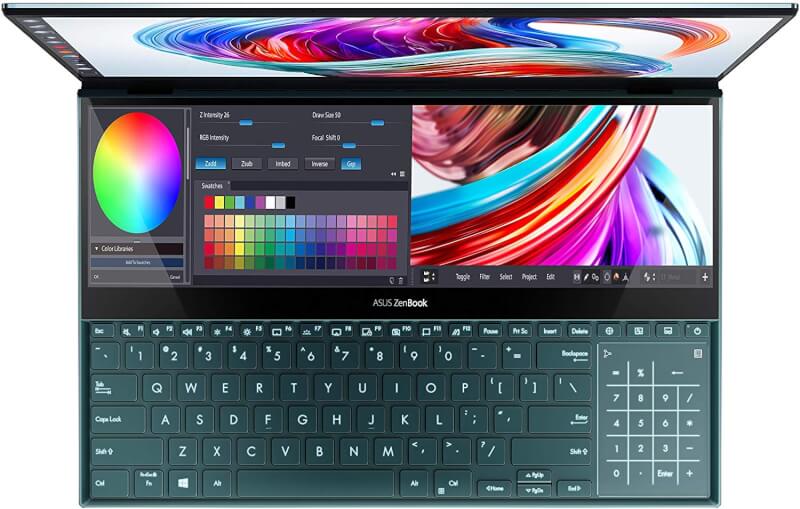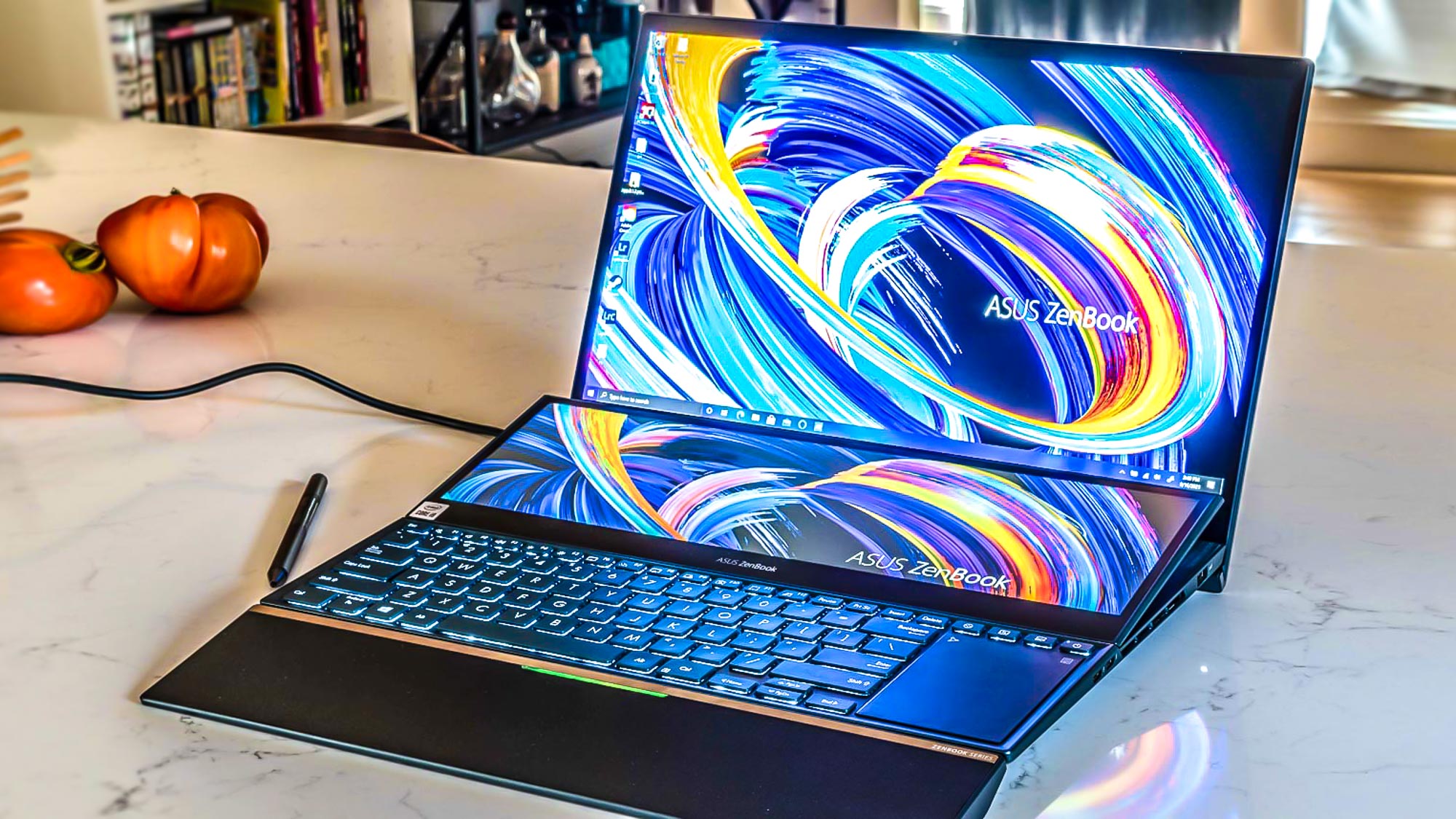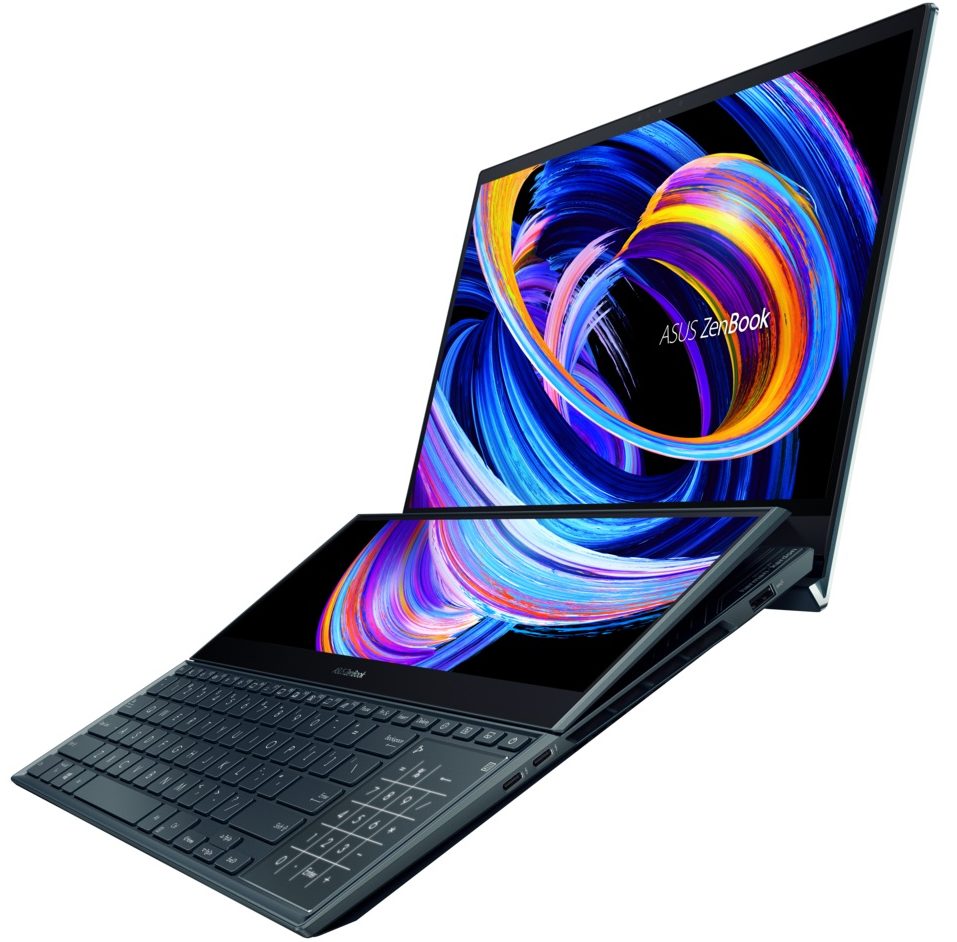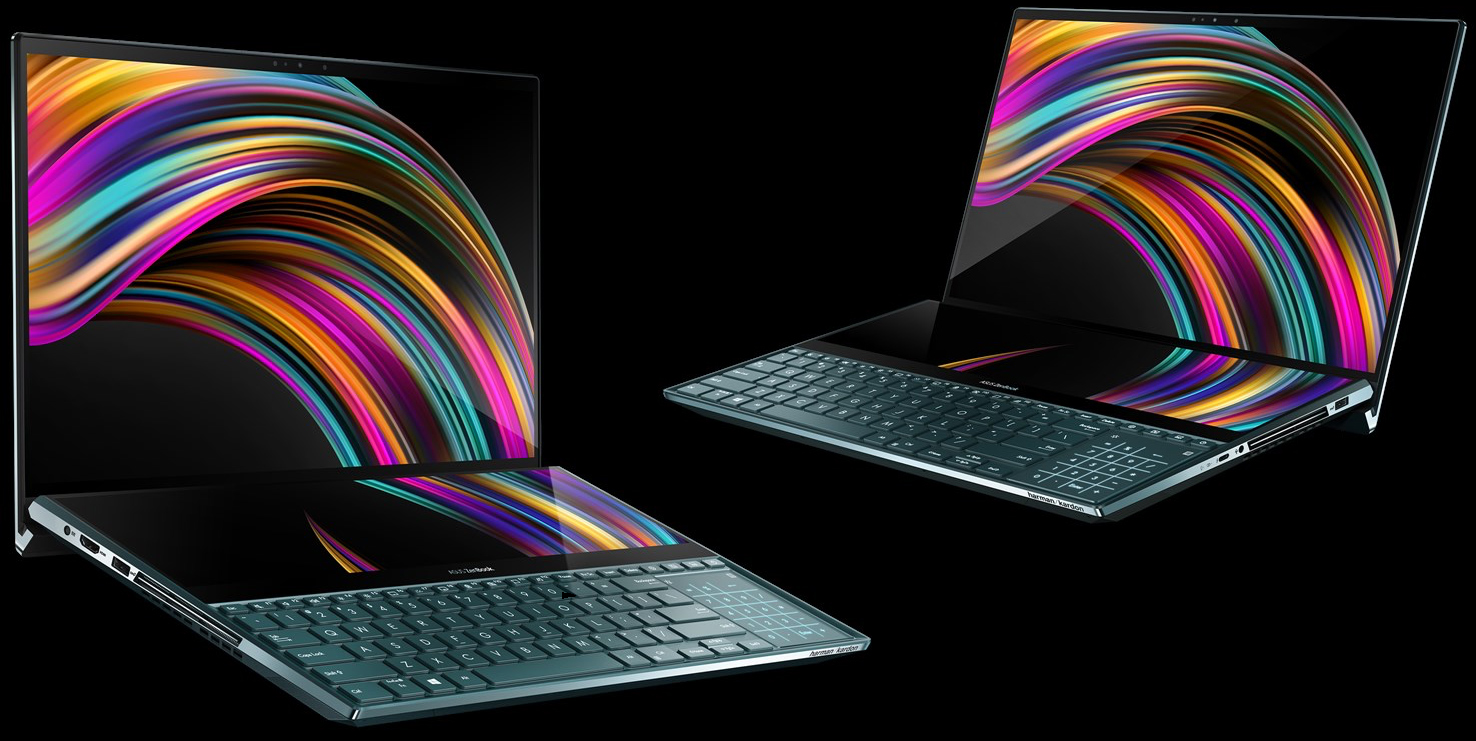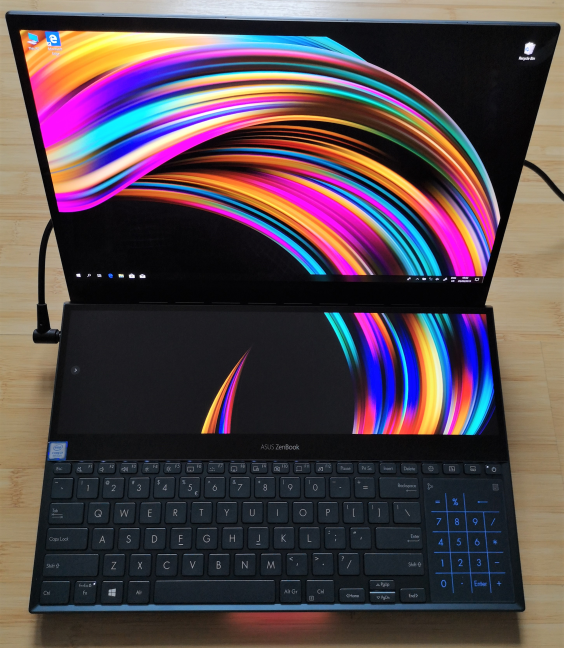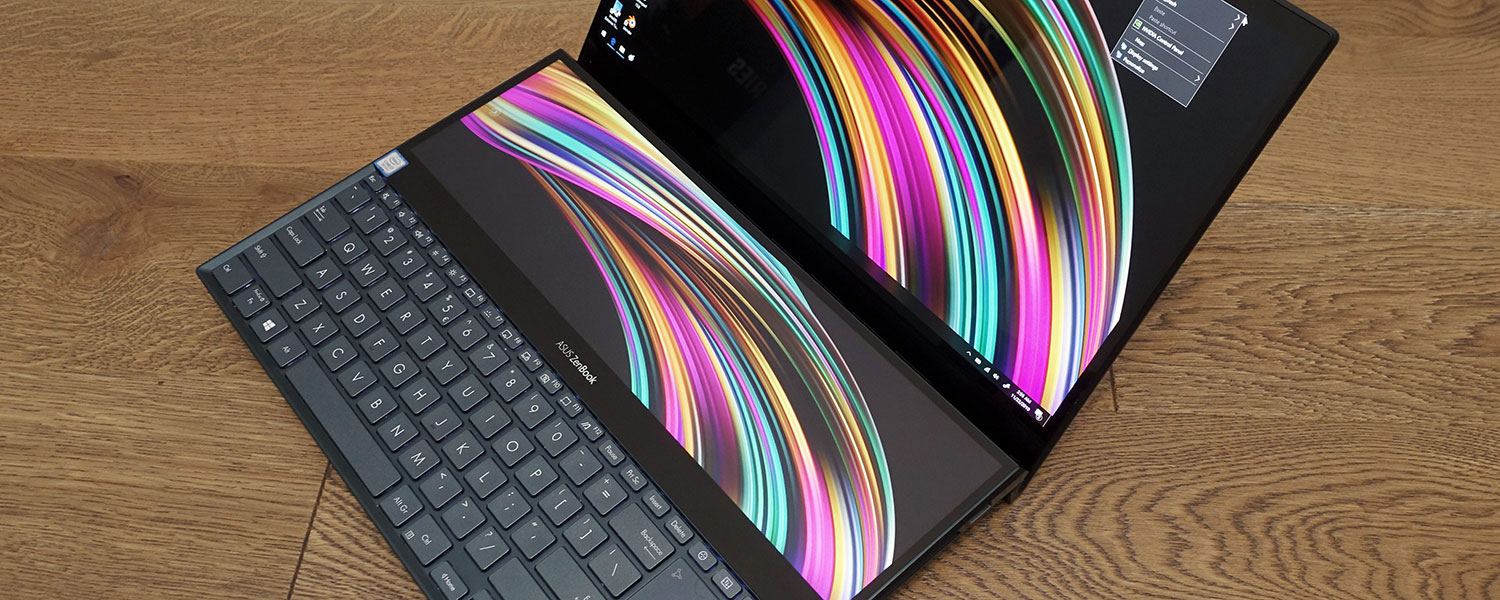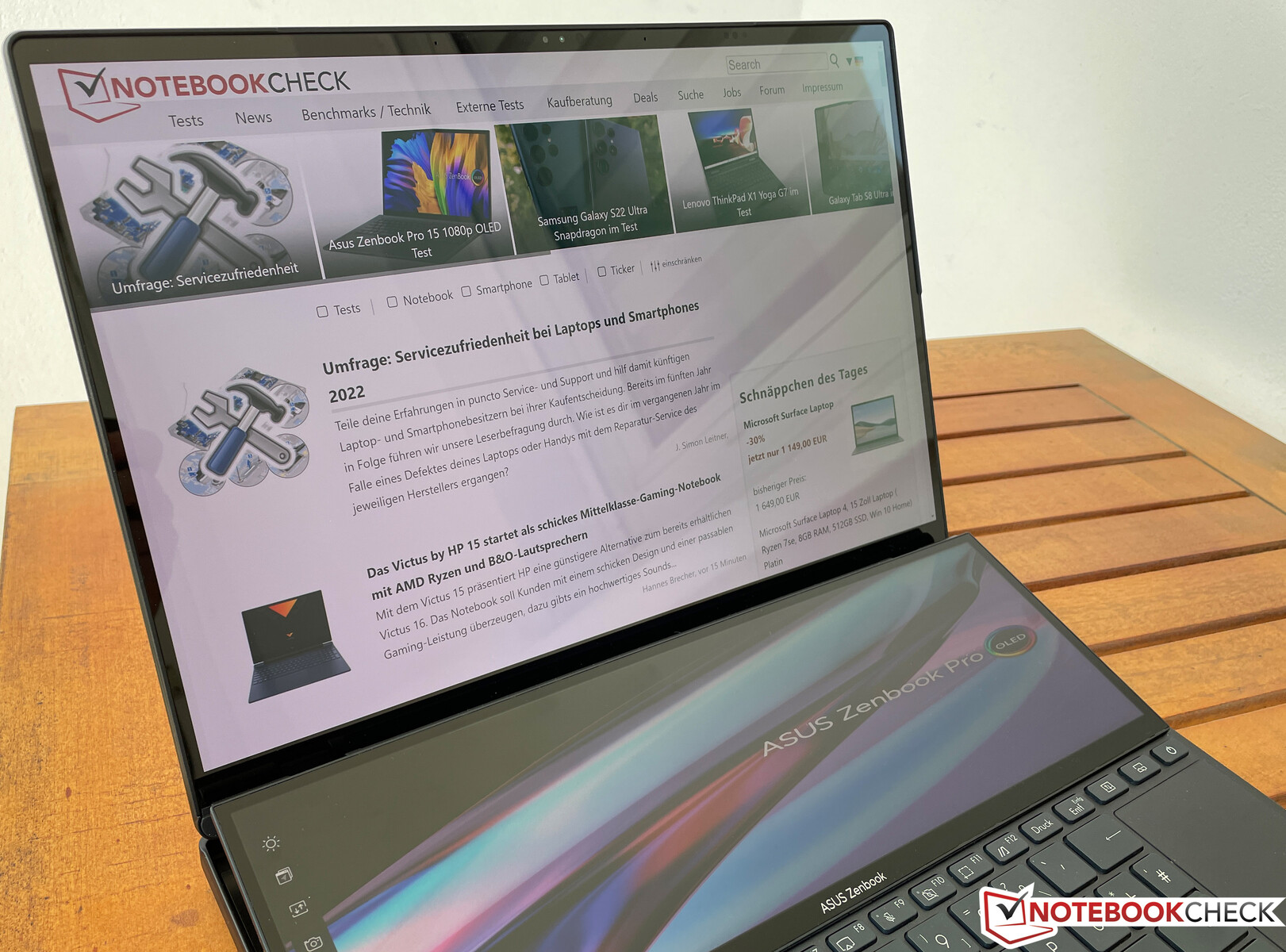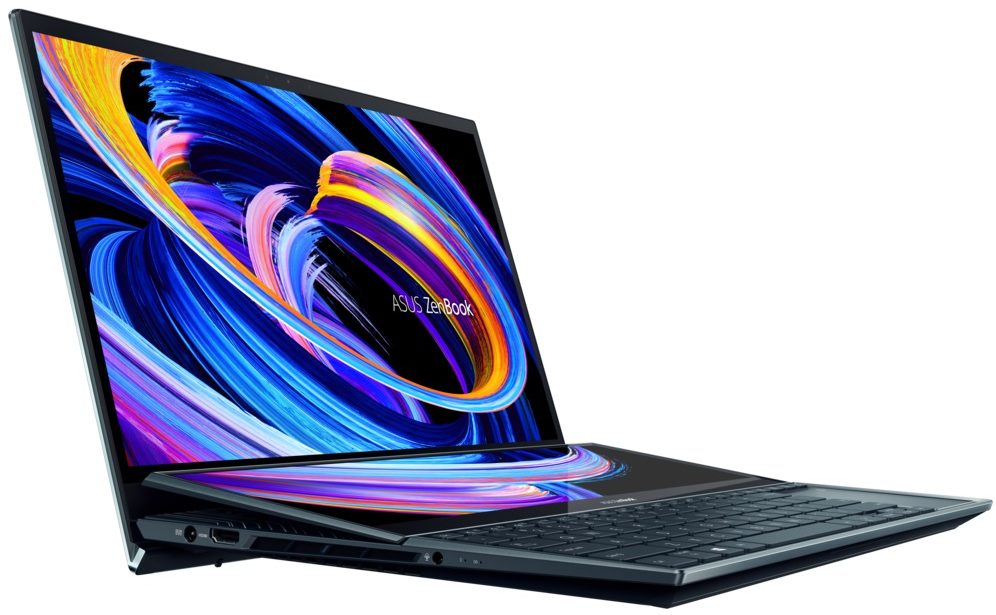Asus Zenbook Pro Duo Screen Resolution
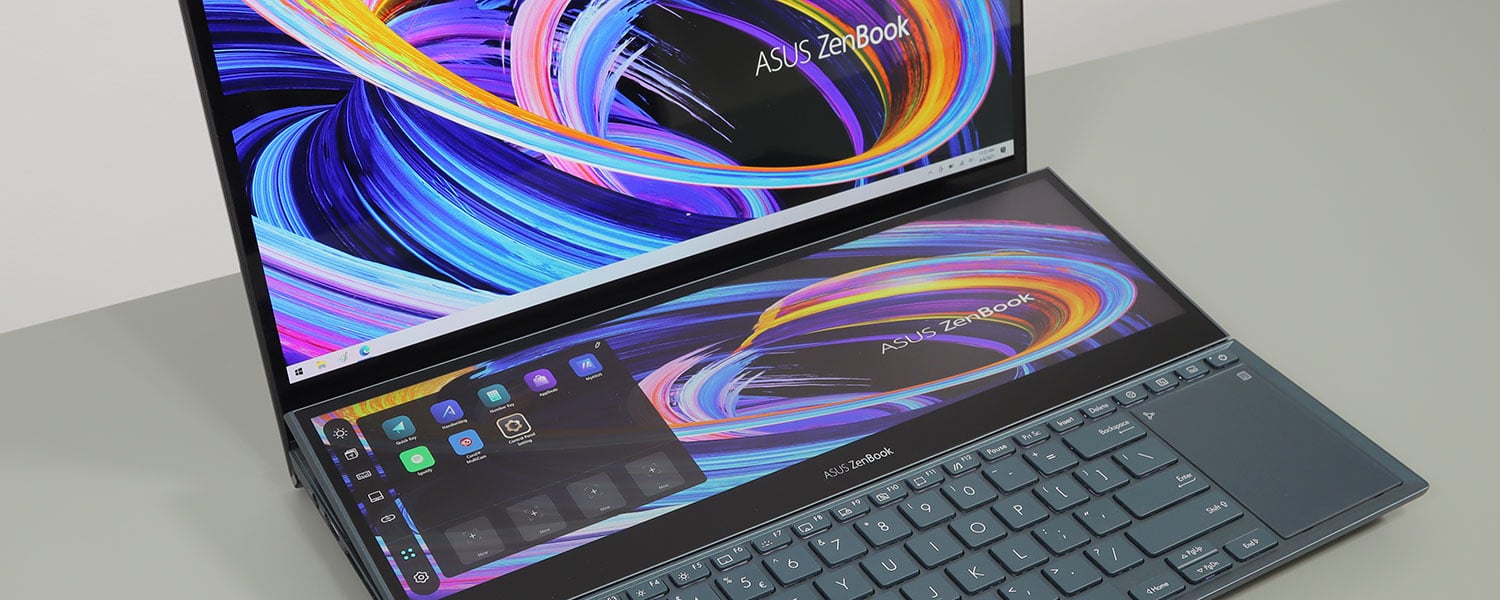
The Asus Zenbook Pro Duo series, known for its innovative dual-screen design, has consistently pushed the boundaries of laptop technology. A key aspect of this innovation lies in the resolution of its screens, a critical factor influencing user experience and productivity.
Screen resolution is a crucial specification, directly affecting the clarity, sharpness, and overall visual quality of the display. This article explores the resolution options available on different Zenbook Pro Duo models, their significance, and potential impact on users.
Understanding Zenbook Pro Duo Screen Resolutions
The Zenbook Pro Duo features two displays: a primary display and a secondary screen called the ScreenPad Plus. Different models offer varying resolutions for each display, aiming to cater to diverse user needs and budgets.
Primary Display Resolutions
The flagship models often feature OLED panels with resolutions ranging from 3840x2400 (4K UHD) to 2880x1800. These high-resolution displays offer exceptional detail and color accuracy. They are ideal for creative professionals working with visual content, such as photo and video editing.
Some configurations offer a more standard 1920x1080 (Full HD) resolution on the main screen. While offering a less sharp visual experience, it strikes a balance between visual quality and battery life, potentially appealing to users prioritizing portability and extended use.
ScreenPad Plus Resolutions
The ScreenPad Plus, situated above the keyboard, usually features a wide aspect ratio. Resolutions typically range from 3840x1100 to 1920x550, depending on the laptop model and size.
The ScreenPad Plus often matches the primary display's width, enabling seamless window extension and multitasking capabilities. Its lower height necessitates careful interface design and application compatibility to maximize its utility.
Significance of High Resolution
Higher screen resolutions generally translate to sharper images and text. This reduces eye strain during prolonged use.
For creative professionals, high resolution is particularly important for tasks like photo and video editing. It allows for finer detail inspection and more accurate color grading.
Furthermore, a high-resolution display facilitates better multitasking. Users can comfortably view more content on the screen simultaneously.
Impact on User Experience
The choice of screen resolution significantly impacts the user experience. High-resolution displays can enhance productivity and enjoyment, particularly for visually intensive tasks.
However, higher resolutions also demand more processing power. This can impact battery life and potentially require more powerful (and expensive) hardware to maintain smooth performance.
Users need to consider their individual needs and workflow when selecting a Zenbook Pro Duo model. Evaluating whether the benefits of a higher resolution outweigh the potential trade-offs in battery life and performance is key.
Looking Ahead
Asus continues to innovate in display technology. Future iterations of the Zenbook Pro Duo are likely to feature even higher resolution options.
Improvements in display technology, such as Mini-LED backlighting and adaptive refresh rates, may also address some of the current trade-offs associated with high-resolution displays.
These advancements could lead to Zenbook Pro Duo models offering both stunning visual fidelity and improved energy efficiency. Such developments further cementing the series' position as a leader in innovative laptop design.




